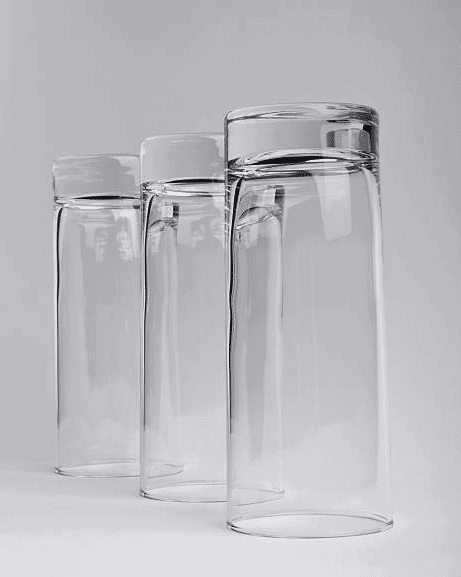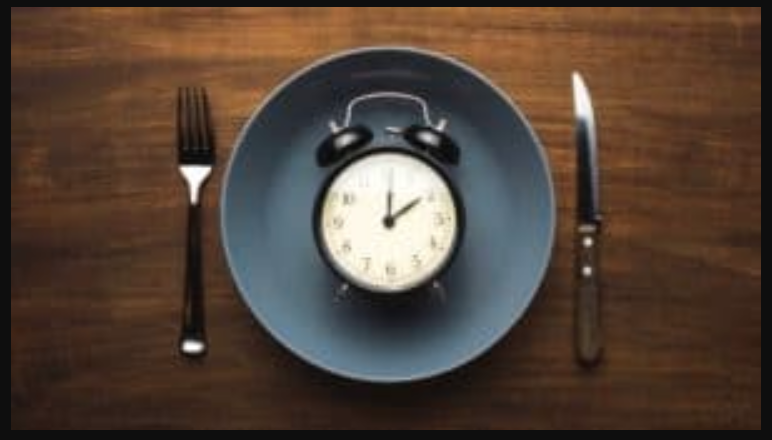Last Updated on November 9, 2023 by Fasting Planet
Unless you’re fasting, you typically don’t go a single day without food and water. What if we told you there was a type of fast where you forewent both? It’s known as dry fasting. How long can you do a dry fast?
The dry fasting timetable would be no longer than four days, as that’s the recommended length of time you should go without water. Beginners might do a dry fast for upwards of 24 hours. One Medium writer even partook in a dry fast for 72 hours. That said, you shouldn’t attempt such a thing right out of the gate, even if dry fasting can be beneficial for your health.
In this article, we will delve into the world of dry fasting. First, we’ll explain the types of dry fasting, then the benefits of doing so. There will also be a section about how to begin dry fasting yourself, so keep reading, as you don’t want to miss it!
What Is a Dry Fast?
A dry fast, as the name implies, means going without both water and food for a specified period. It differs from most fasts in that you don’t consume any water. In fact, depending on the fast type, you might have to limit certain activities you do.
What do we mean by that? Well, you can try one of two types of dry fasting. There’s the soft dry fast and the hard dry fast. Let’s talk about these both more now.
Soft Dry Fasting
Recommended for first-time dry fasters, with soft dry fasting, you can use water for your basic hygiene, but that’s it. There’s no need to worry about washing your face at the beginning or end of the day, showering, and brushing your teeth. If you come into contact with some water, it’s not such a big deal.
Hard Dry Fasting
Compare that to hard dry fasting, in which you’re supposed to restrict yourself from all contact with water as best as you can. Yes, that means you’ll have to find a way to keep your pearly whites clean and your breath from smelling without water. You might also have to go a few days without showering, so stock up on the deodorant and body spray.

How Long Can You Do a Dry Fast?
Let’s say you’re interested in trying dry fasting for yourself. As we said, you’d start with a soft dry fast, in which you’re allowed some water exposure. You’re still not drinking any water though, nor are you eating food during the fast.
Now, you always heard you would die without food and water. That has you wondering, how long can you do a dry fast?
We recommend no longer than three or four days for your dry fast. Some fasters online have done longer fasts than this. This is extreme and you should be very careful before doing something like that.
Your body can survive without food for upwards of three weeks. As for water, it can’t go nearly as long. Most people would succumb to death after four days of no water. Hence, you can do a soft or hard dry fast for three or four days at most. Do not go longer than that, as dry fasting can be fatal for the inexperienced.
What Are the Benefits of Dry Fasting?
Dry fasting may seem tough, but you’d be surprised at the myriad of benefits it has. Let’s talk about these more now.
Weight Loss
Many people who fast do so to lose weight, so we’d name that as one main benefit. It’s not just that you stop giving your body food and thus calories so it has nothing to burn. Your body will actually scour for energy down to your cells. This triggers a process known as autophagy, a type of cell recycling. Your body’s cells will eat the extraneous and even damaged parts of your cells, giving you energy and making cells healthier. You also lose weight in the process.
Improving Bone Health
A 2015 study in Therapeutic Advances in Endocrinology and Metabolism reviewed how bone health was affected by fasting for those in Saudi Arabia observing Ramadan. The data concluded that intermittent dry fasting induces our body to make more parathyroid hormone. This betters our blood calcium, formation of bones, and bone reabsorption, giving us healthier bones overall.
Better Control Over Blood Sugar
If you want to lower your blood sugar, you might consider a dry fast. Another study on Ramadan, this time in the Journal of Research in Medical Sciences in 2014, found that dry fasting could lower your postprandial plasma glucose levels as well as blood sugar. That was true even for those who already had type 2 diabetes.
Less Bad Cholesterol
You hopefully know to limit your bad or LDL cholesterol and get more good HDL cholesterol. If not, dry fasting can help to that end. A 2016 study from the Journal of the Academy of Nutrition and Dietetics found that those who did “alternate date fasting” not only lost weight by 2.5 percent, but their cholesterol was better, too.
Reduced Inflammation
In yet a third study on Ramadan fasting from the 2017 issue of Frontiers in Immunology, the researchers discovered that dry fasting can decrease your inflammation. There are a series of markers that your body will have less of. These include molecules tied to breast cancer growths and diabetes, heart failure, cardiovascular disease, and even cancer and Alzheimer’s disease.

How to Get Started with Dry Fasting
If you want to do a dry fast, here are some steps for success.
Step #1: Begin with a soft dry fast. Your goal may be 24 hours, but if you get to even half that for your first time, that’s a win.
Step #2: Never jump right into fasting. You need to set up your body for sustaining itself over the fast. Make sure you get plenty of omega-3 fatty acids. Try eating avocados, salmon, or mackerel. Vegans can take a supplement with fish oil.
Step #3: Add a tablespoon of salt to whatever you eat to ensure you’re putting minerals and vitamins in your body. SOS-free vegans should use a salt substitute.
Step #4: Don’t push the physical activity the first time you fast. A high-intensity, sweaty workout at the gym could make you feel sick. Stick to lighter exercises like meditation and yoga instead. You might even want to skip the exercise during your first dry fast.
Step #5: Make sure you get plenty of sleep. If you need extra rest because you’re not providing your body with food and thus energy, then sleep longer if you can. This not only keeps you healthy, but it makes the fast go by well, faster.
Step #6: End the fast if you feel lightheaded and dizzy. You could be dehydrated. Be on the lookout for an abnormally high heart rate, a drop in blood pressure, dry skin, and urinating less often than you usually do. These symptoms all mean you need to stop the fast and drink water.
Step #7: When you do decide to stop dry fasting, you want to consume just a pint of water. This is the equivalent of 470 milliliters. Don’t gulp it all down at once, but rather, take small, sporadic drinks.
Step #8: Repeat this hourly for three to four hours. Then you can begin incorporating bits of food like dried fruits or nuts. Avoid overeating at this point.
Step #9: The next day, resume your usual eating and drinking habits.
Step #10: If all goes well with this first fast, then wait a few days or more and repeat again, gradually working your way up to longer soft dry fasts. Once you’ve got that experience, you might move on to hard dry fasting.
Conclusion
Dry fasting involves you giving up both water and food. Since your body can’t go more than four days without water, we don’t recommend dry fasting for any longer than that.
Through soft or hard dry fasting, you can experience benefits like weight loss, less inflammation, better cholesterol, healthier bones, and even improved blood sugar. Remember to take your time adjusting to a dry fast, as it will require some getting used to.
Good luck!

